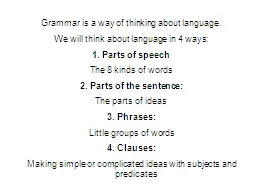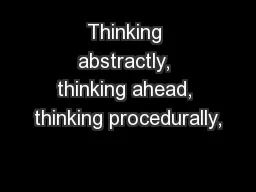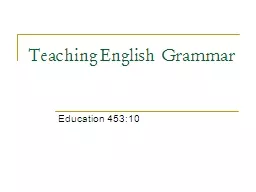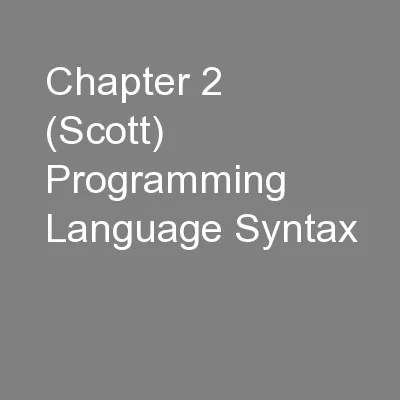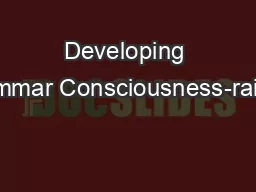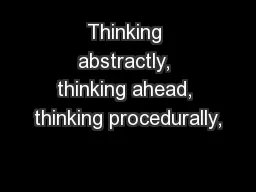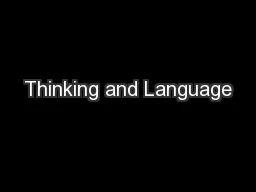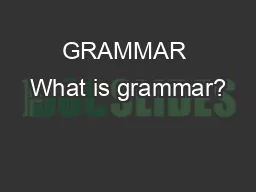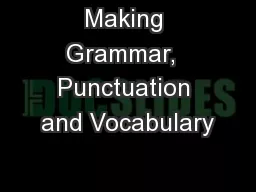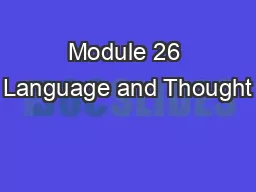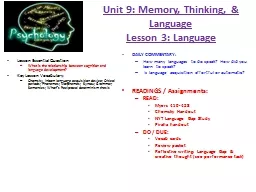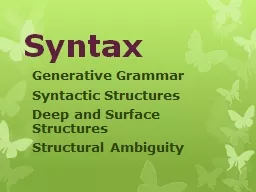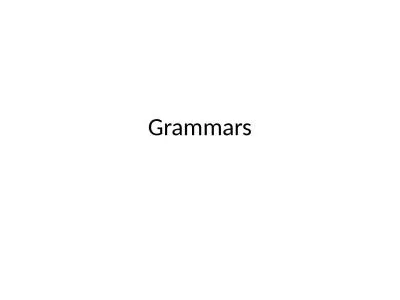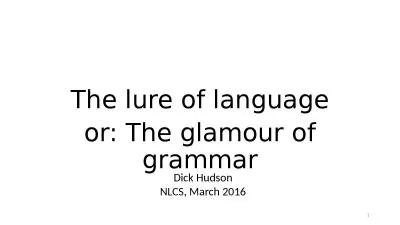PPT-Grammar is a way of thinking about language.
Author : calandra-battersby | Published Date : 2019-06-30
We will think about language in 4 ways Parts of speech The 8 kinds of words 2 Parts of the sentence The parts of ideas 3 Phrases Little groups of words 4 Clauses
Presentation Embed Code
Download Presentation
Download Presentation The PPT/PDF document "Grammar is a way of thinking about langu..." is the property of its rightful owner. Permission is granted to download and print the materials on this website for personal, non-commercial use only, and to display it on your personal computer provided you do not modify the materials and that you retain all copyright notices contained in the materials. By downloading content from our website, you accept the terms of this agreement.
Grammar is a way of thinking about language.: Transcript
Download Rules Of Document
"Grammar is a way of thinking about language."The content belongs to its owner. You may download and print it for personal use, without modification, and keep all copyright notices. By downloading, you agree to these terms.
Related Documents

